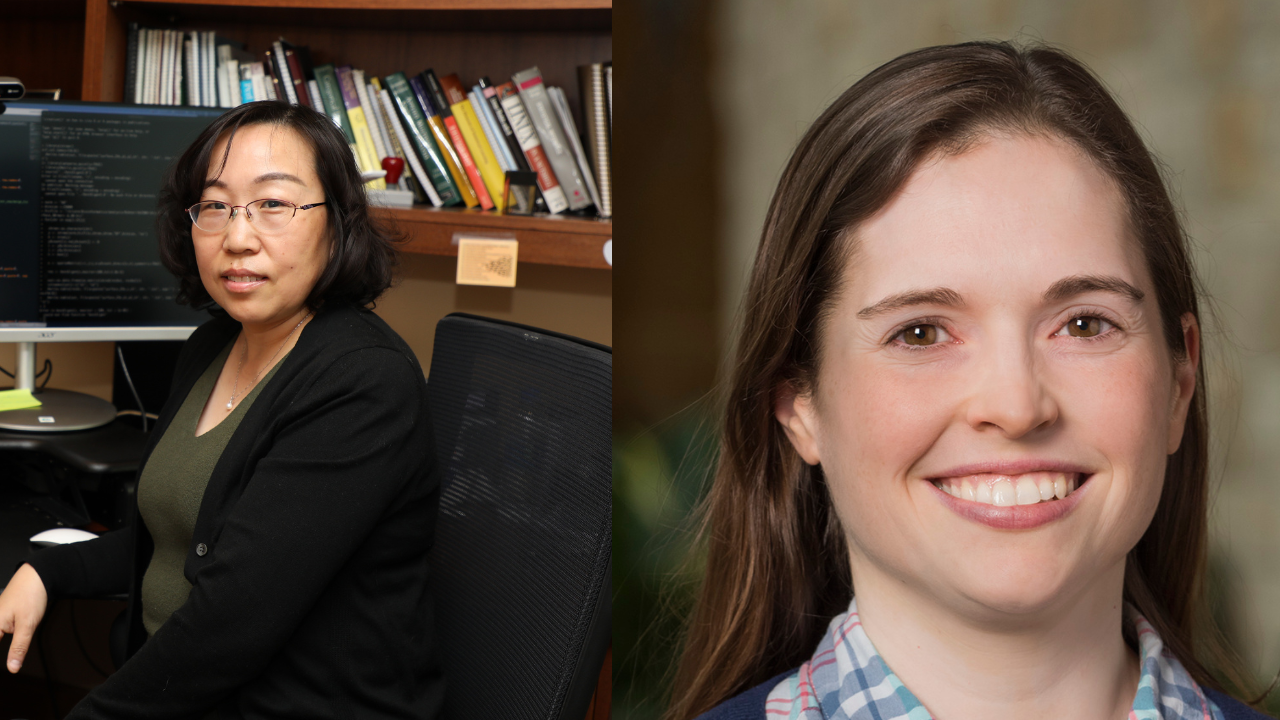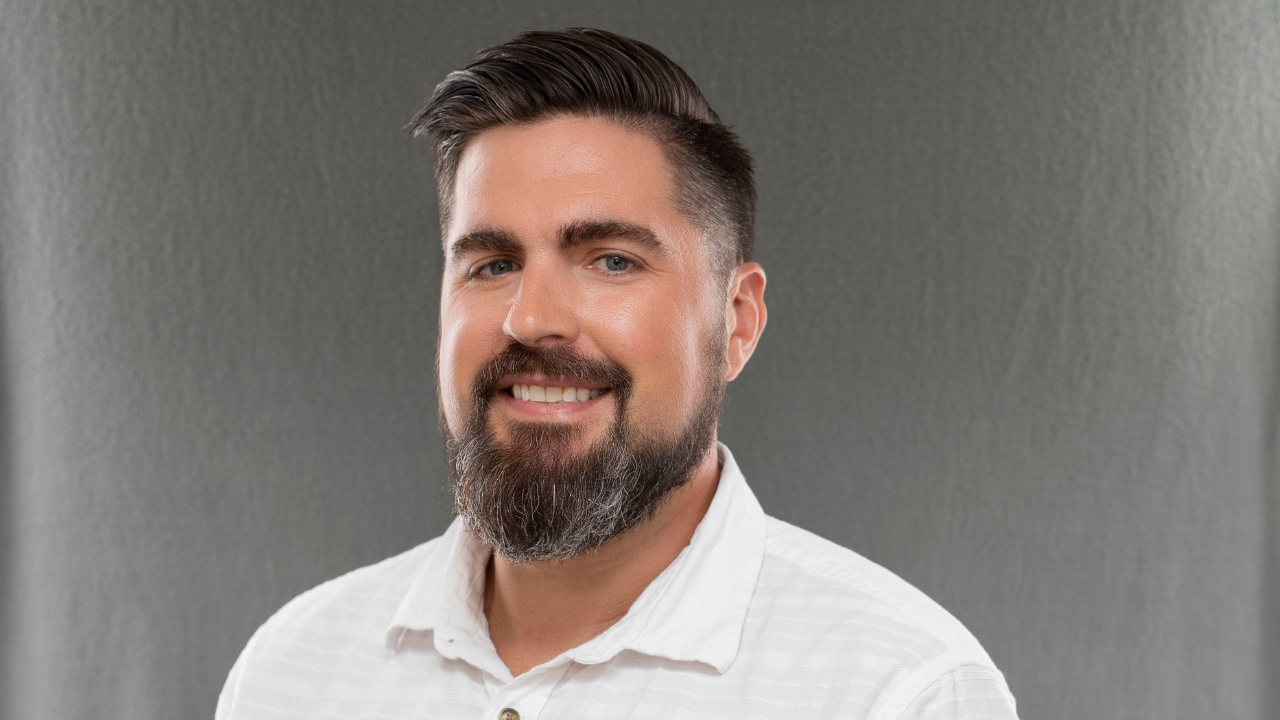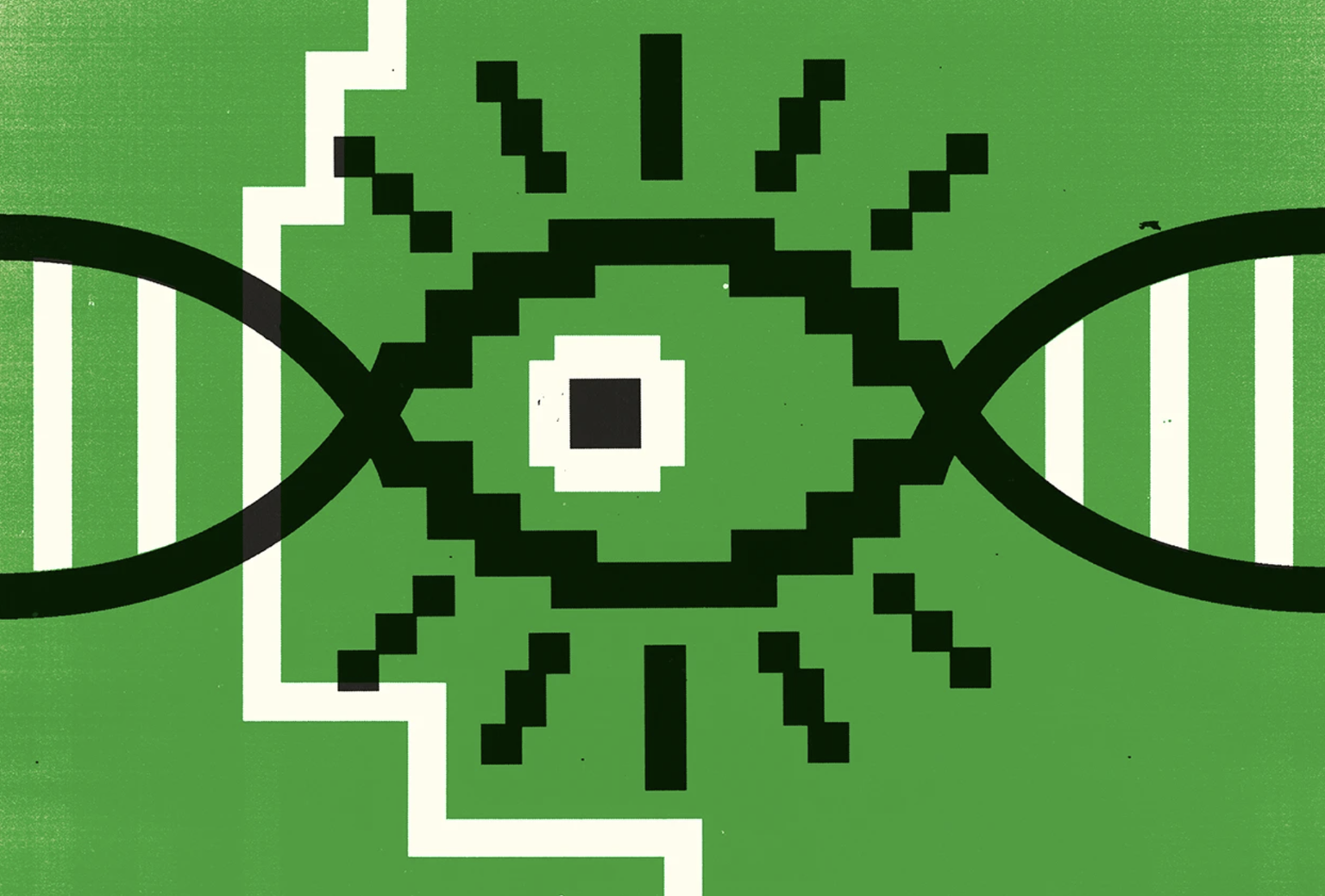News

05 September 2025
#TechTalk: What is the Computational Biology Technology Center?
A Q&A with Hua Li, Director of Computational Biology, and Madelaine Gogol, Manager, Computational Biology
Read Article
News
"Every day presents a new challenge, a new question, and a new opportunity to positively impact the research community."

Why are you interested in your field of research?
The field of histology is a combination of science and art, allowing me to feed both my creative side and my analytical side. It utilizes skills of precision and rhythm, while generating biological images of color, fluorescence, and beauty. At the Stowers Institute, I get to learn about so many different research organisms and apply both traditional and advanced histology techniques that I have learned over the years of being in the field to help push researchers’ science forward.
What inspires you to keep working in your field?
The future of scientific assays will have a place for histology and histotechnology. The growth of spatial profiling platforms, large tissue 3D labeling/imaging, and expansion microscopy techniques require histology expertise to maximize the quality of the data generated from these assays. Tissue preparation and tissue sectioning/staining are crucial components for these state-of-the-art technologies and will continue to propel the field of histology into a new generation. I plan to go along for the ride.
What have you found most rewarding about your work?
It’s hard to not be excited about creating new and inventive ways to help researchers answer their scientific questions! Whether it's producing slides that show a definite variation in phenotypes within specimens or producing and capturing that perfect tissue sectioning to allow spatial gene profiling, working at the Institute is never dull. Every day presents a new challenge, a new question, and a new opportunity to positively impact the research community both inside and outside of the walls of the Stowers Institute.
What impact do you hope your research will have?
Understanding the world around us is the never-ending goal of my work. I want my contribution to be helping visualize how life on our planet works, all the way down to the subcellular level. From microorganisms like tardigrades up to the complexities of the human condition, I hope to aid in providing illustration to the stories that scientists are telling through their research. There is no better feeling than when a researcher sends the request for histology materials and methods because they are ready to submit their efforts for publication and Histology played a role in their work. I truly believe that there’s no better place to be working in the field of histology than right here at the Stowers Institute.
What brought you to Stowers?
During my undergrad, I was introduced to the world of biological research as a member of the North American Tardigrade Project. Under Dr. William R. Miller, I took part in an initiative to collect and document both phenotypic and genotypic variations of the microorganisms commonly known as “water bears”. This process included learning how to rock climb and scaling the sides of rock formations to collect the lichens that the tardigrades inhabited. The experience with the project jumpstarted my passion for science.
After graduation, I took a position at a contract research laboratory where I first discovered histology.
After obtaining my HTL certification with the American Society for Clinical Pathology, I joined the Anatomic Pathology team at Children’s Mercy Kansas City and proudly served the families of Kansas City for five years. Using immunohistochemistry and special staining techniques, I helped physicians and specialists diagnose and treat diseases in pediatric patients. After becoming weary of the emotional brunt of being a new dad working daily with pediatric cancer cases and genetic abnormalities, I decided it was time for a change of scenery. This lead me back to my original passion for research science and straight into the doors of the Stowers Institute for Medical Research.
News

05 September 2025
A Q&A with Hua Li, Director of Computational Biology, and Madelaine Gogol, Manager, Computational Biology
Read Article
#Stowers25: Celebrating 25 Years
21 August 2025
The Stowers Institute celebrates 25 years of discovery, innovation, and hope.
Read Article
In The News

19 August 2025
From Nature, Scientists are seeking to decipher the role of non-coding DNA in the human genome, helped by a suite of artificial-intelligence tools.
Read Article
